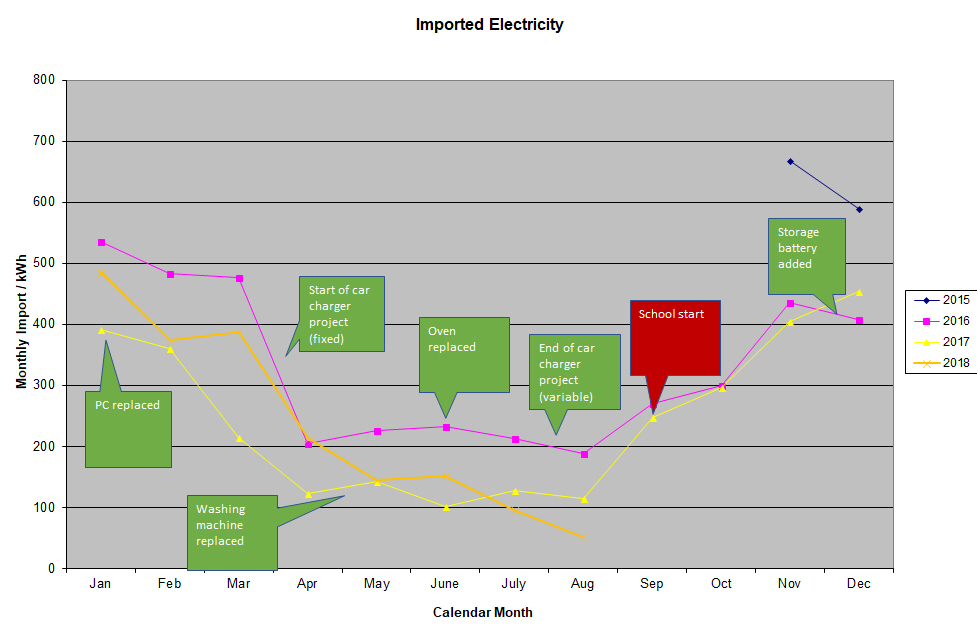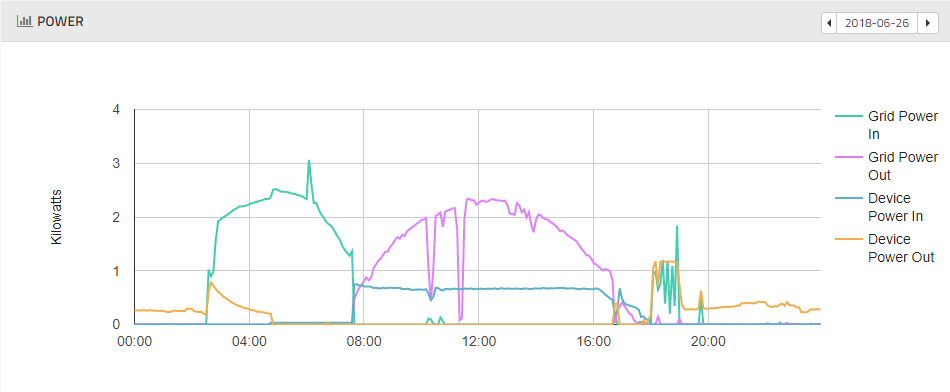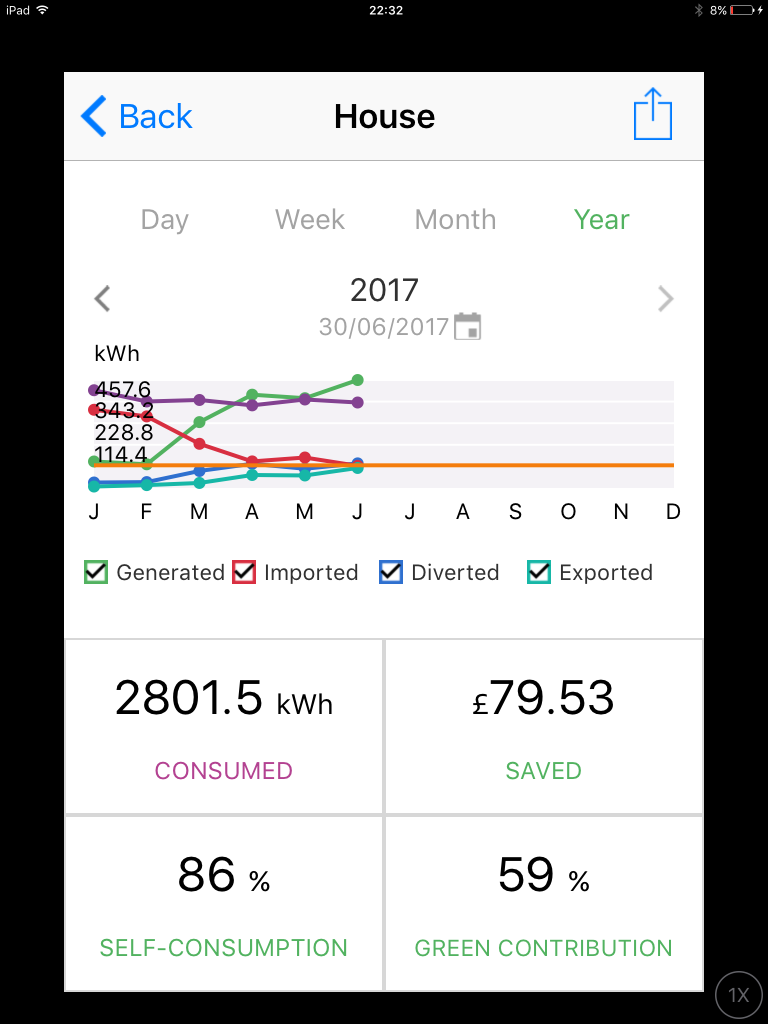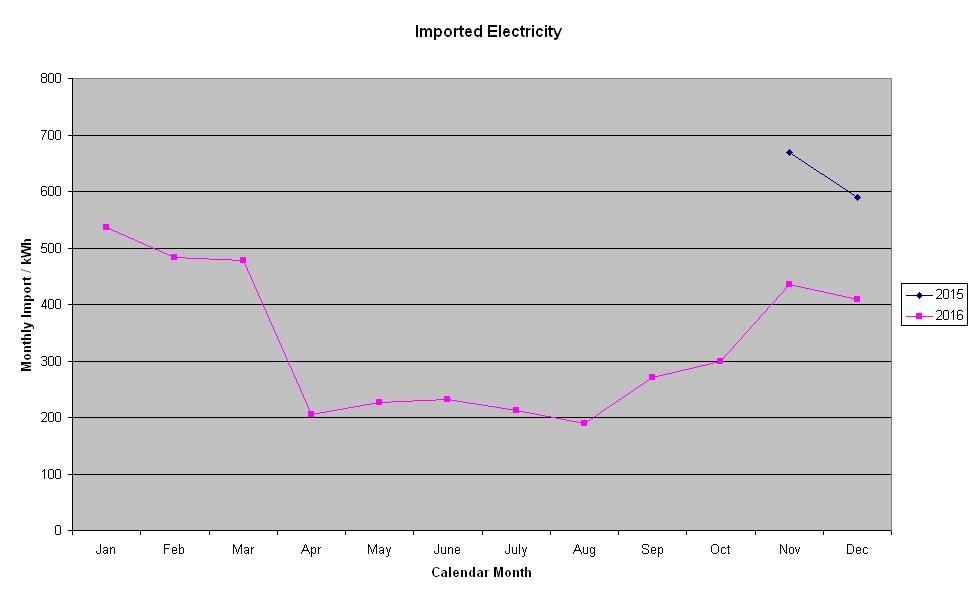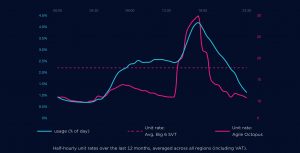 Earlier in the week I received notification from my electricity and gas supplier that my 12 month contract was coming to an end. I did my usual search for the best value Economy 7 tariff but drew a blank – everything including renewal with my existing supplier was rather more expensive than I’m paying now – so I decided to be rather more adventurous.
Earlier in the week I received notification from my electricity and gas supplier that my 12 month contract was coming to an end. I did my usual search for the best value Economy 7 tariff but drew a blank – everything including renewal with my existing supplier was rather more expensive than I’m paying now – so I decided to be rather more adventurous.
My decision was a significant change – not just a move from Economy 7 to a smart meter, but also the addition of a smart tariff (one that changes rate multiple times per day), and indeed my chosen tariff is dynamic so it potentially changes every half hour and day-to-day. As I don’t yet have a smart meter then I’ll continue on Economy 7 until the meter is replaced, but then adopt the dynamic tariff. With flexible loads like electric car charging and my storage battery then I should be well equipped to make the most of such a tariff.
On the dynamic tariff rates are published each day at 4:00 PM for the next day. Some times (not very often!) prices even go negative so one is being paid to consume. At other times electricity is relatively expensive (early evening’s principally) but the battery should help me minimise purchases during such times.
I’ve already checked the battery storage and it has the ability to be programmed very flexibly around different electricity prices at different times of day so that it doesn’t just absorb surplus solar but charges at lower cost times to discharge at higher cost times.
I also want to explore opportunities to automate the response to tariff changes – potentially linking storage battery, car charging, and water heating to tariff as well as self-consumption.

